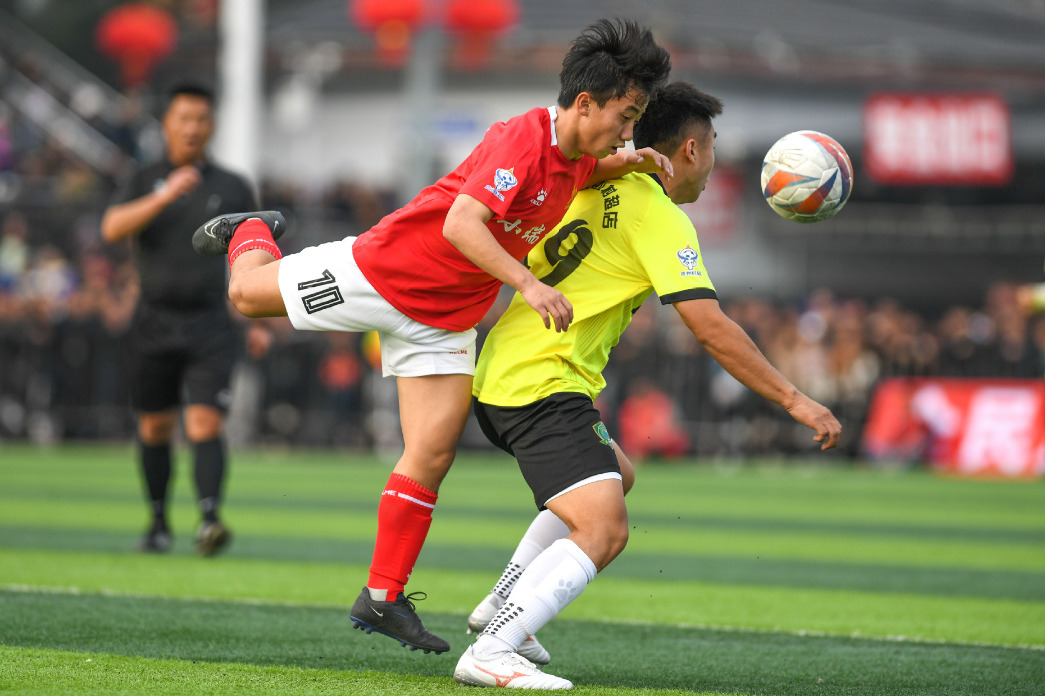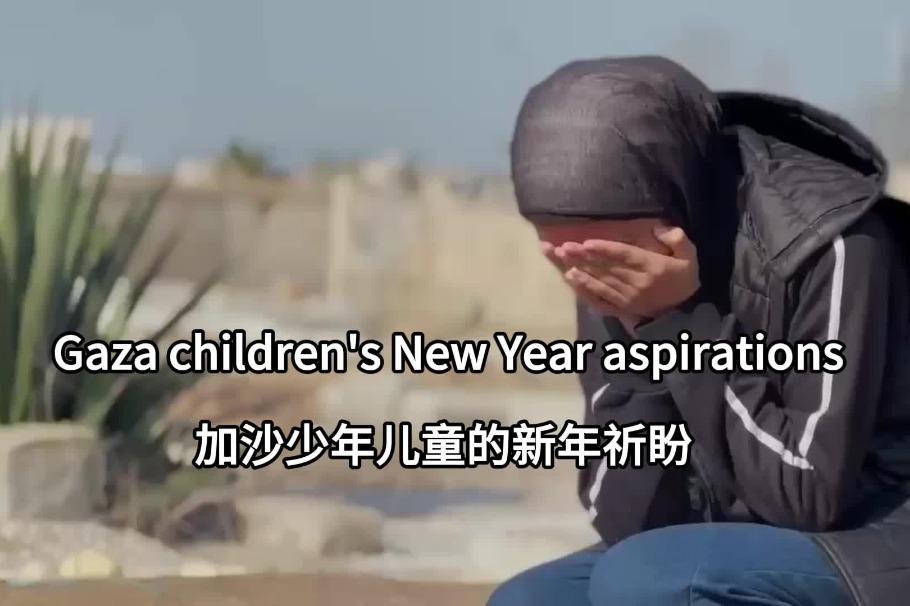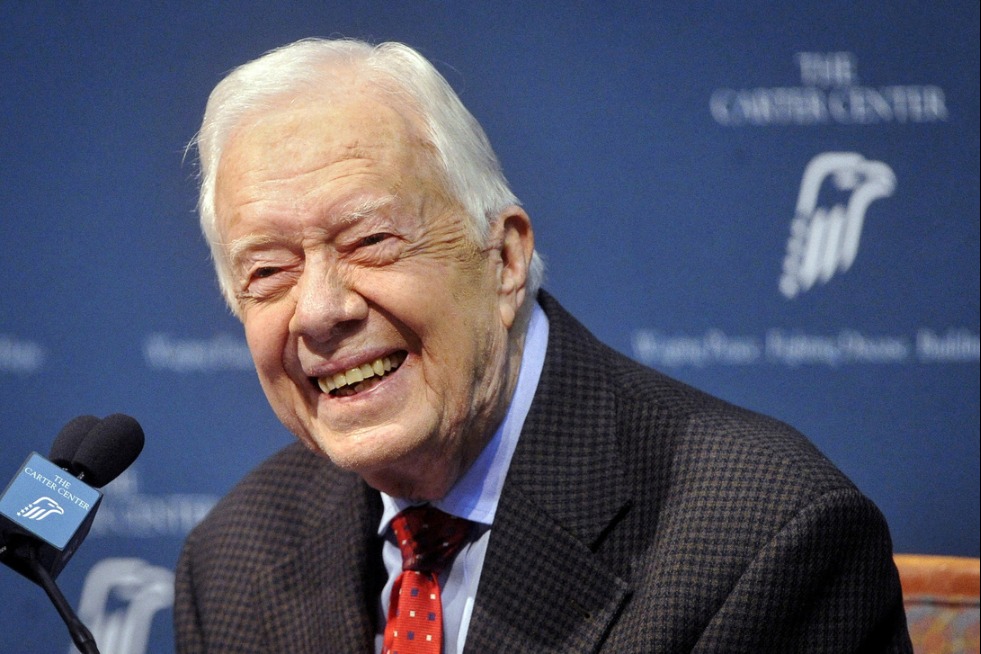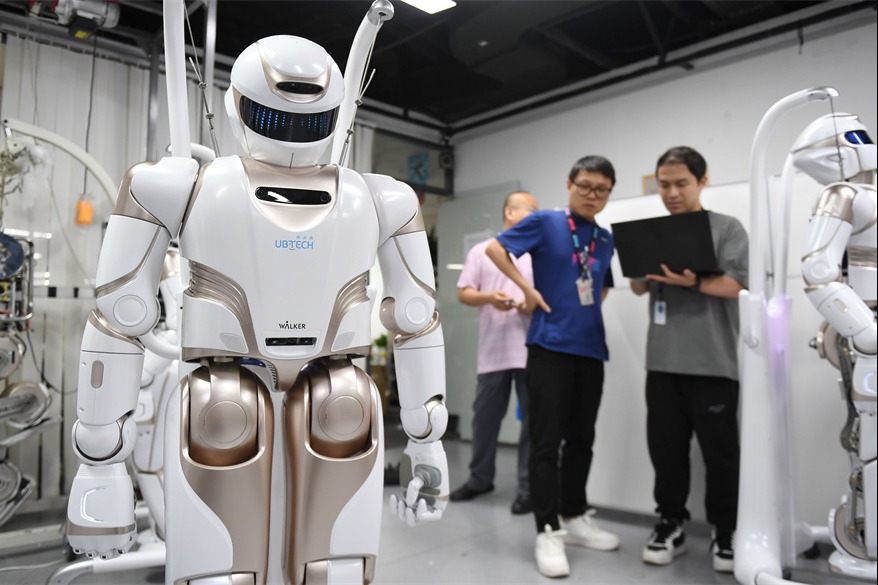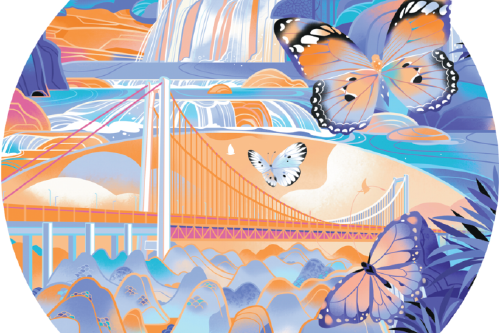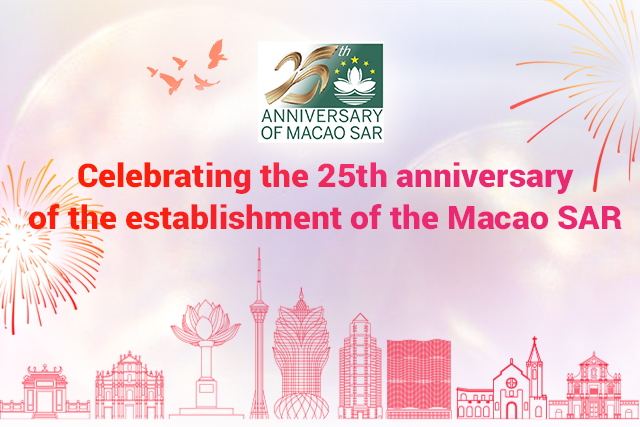Painter teaches beauty of calligraphy
By Zhao Huanxin in Bowling Green, Kentucky | China Daily | Updated: 2017-05-09 07:37
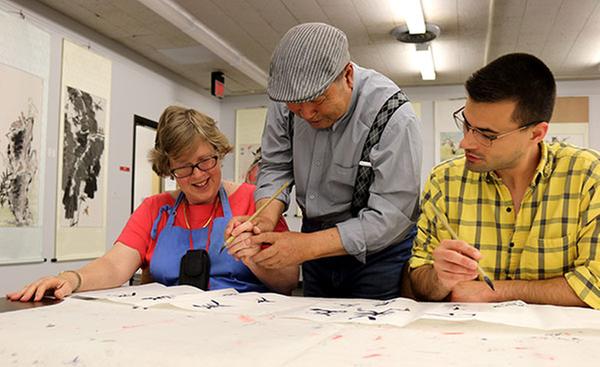 |
| Liu Shuling, a Chinese artist (center), teaches Western Kentucky University faculty Carol Watwood and Daniel Peach how to hold a brush after lecturing at the university's Confucius Institute in Bowling Green on Wednesday.[Zhao Huanxin/China Daily] |
Having a painter as the instructor is a good way to teach Chinese calligraphy to beginners. At least that was the case for new students at Western Kentucky University in Bowling Green.
In a classroom on the first floor of the university's library, which has housed the Confucius Institute since 2010, Liu Shuling, an artist from China, used a brush, some ink and stacks of paper to teach a small class of avid calligraphy learners how to write Chinese characters on Wednesday.
A video of Liu teaching the class how to draw characters with a brush went viral on the internet. By Sunday it had generated nearly 1 million views and 13,000 likes on Miaopai, a Chinese video sharing and live streaming service.
"America," the 76-year-old said, "is transliterated into two characters-mei guo, meaning 'beautiful land' in Chinese."
As he wrote the first character, mei, on a whiteboard, his students watched a shape looking like a sheep with two long, sharp horns appear above a graphic representing "big".
"It has long been believed in China that a big sheep is beautiful, hence the meaning of the word mei," Liu said. "But I'd rather believe it represents a man wearing sheep-horned headgear that makes him look great."
He further pointed out that mei is a type of character called huiyi-characters formed by a combination of elements thought to be logically associated. As for guo, the second character in mei guo-America or the United States-Liu drew a circle representing a walled land to be defended by a dagger-axe.
This character belongs to the most common type of Chinese character, called xingsheng, created by combining a semantic with a phonetic element intended to remind the reader of the word's pronunciation, according to Liu.
The Chinese traditionally divide the characters into six types, which also include xiangxing, characters that were originally pictographs, Liu said. He painted an animal standing on its rear feet.
"It is a horse," several students yelled. "Yes, this is the Chinese character for horse," the teacher said, giving them a gleeful thumbs-up.
Shaden Melky, a consultant at the university, said she had always wanted to learn Chinese calligraphy, and her first try was fascinating.
"This is my first opportunity and it's wonderful," Melky said. "It is also nice to learn the history of calligraphy as well."






